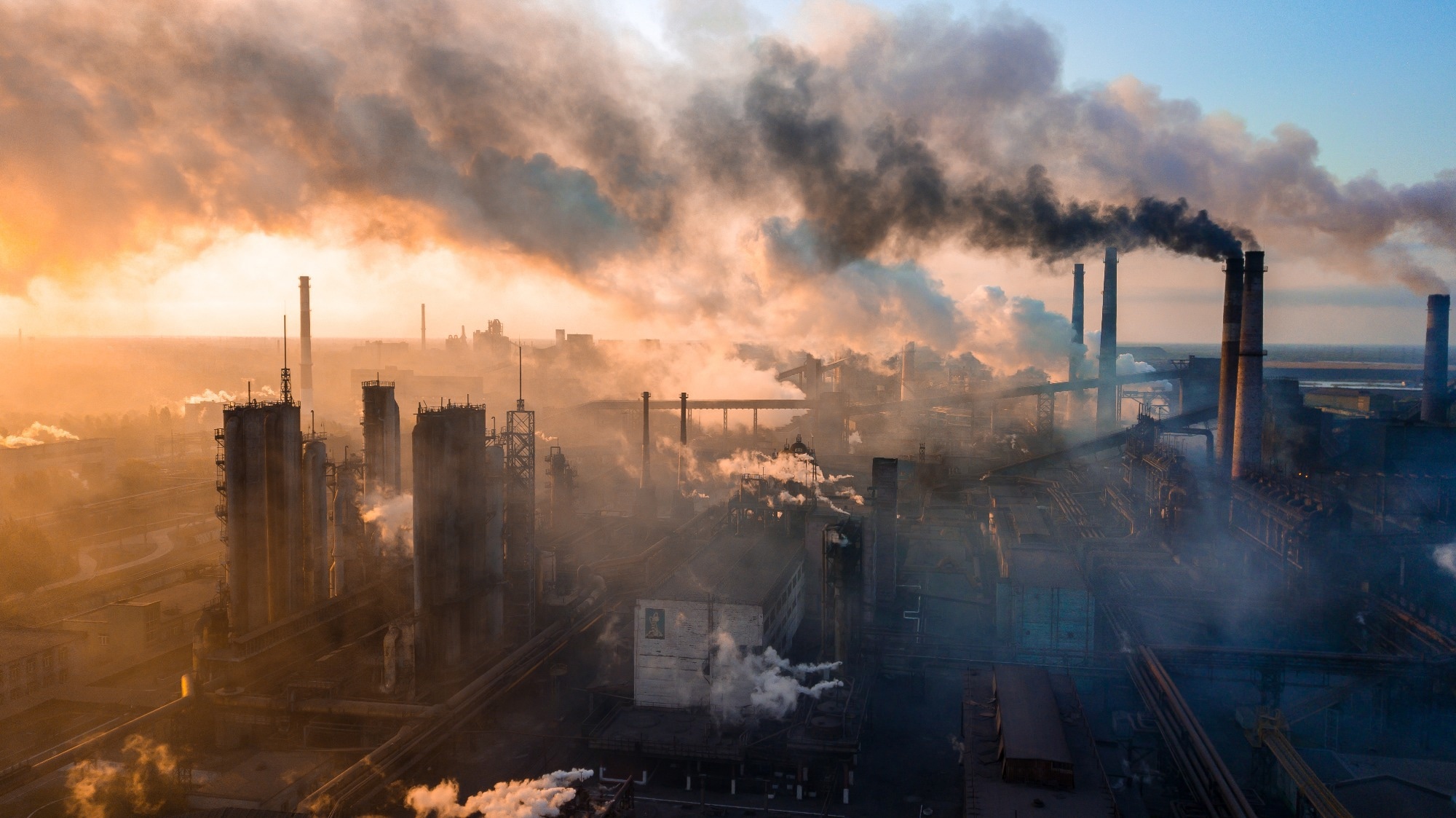A recent study published in Atmospheric and Oceanic Science Letters by a cross-institutional team of scientists investigated the response of secondary air pollutants to weather and emissions changes in the North China Plain during the warm season (2018-2022). They found that reduced primary emissions were key to lowering fine particle concentrations, highlighting the importance of emission control strategies.

Image Credit: TR STOK/Shutterstock.com
Like most countries, China has faced significant air pollution challenges. However, over the last decade, a series of successful measures implemented by the Chinese government have led to remarkable improvements in air quality.
Despite this improvement, severe air pollution events still occur. Scientists have observed that contributions from secondary air pollutants, such as ozone and secondary organic aerosol (SOA), which are formed in the lower atmosphere through chemical reactions, have notably increased.
However, the understanding of the formation of secondary air pollutants and their variation in response to changes in weather and emissions of precursor substances (i.e., primary air pollutants) remains limited.
Addressing this knowledge gap is crucial, particularly in densely populated areas like the North China Plain (NCP) region, because the ability to prevent or mitigate air pollution directly benefits human health and other aspects of daily life, such as traffic safety.
Inspired by these factors, a collaborative team of scientists across institutions in China recently conducted a study aimed at enhancing the understanding of how secondary air pollutants respond to changes in meteorological conditions and primary anthropogenic emissions. Their investigation focused on the warm season (May to September) in the NCP region from 2018 to 2022, a timeframe selected to coincide with the implementation of new measures by the Chinese government at the study's outset.
The team utilized the CMAQ (Community Multiscale Air Quality Model), a widely recognized and respected model, to assess the fluctuations in concentrations of secondary pollutants in reaction to shifts in meteorological conditions and primary emissions.
Crucially, we found that, among the secondary air pollutants we modeled, reduced primary emissions contributed a staggering 96% to the decrease in fine particles, while the fluctuations in ozone levels were mainly caused by changes in meteorological conditions.
Hongliang Zhang, Study Co-Corresponding Authors and Professor, Fudan University
Clear findings also emerged regarding other secondary pollutants. For example, decreases in sulfate and ammonium were primarily linked to emission reductions, whereas reductions in nitrate were more responsive to meteorological changes.
The study revealed similar contributions of meteorological and emission changes to the overall reduction in secondary organic aerosol (SOA). Specifically, the response of anthropogenic SOA to emission reductions was more pronounced, while the variation in biogenic SOA was more influenced by meteorological conditions.
Although the study underscores the clear influence of weather on certain secondary air pollutants, the key takeaway, says Prof. Zhang, is “the clear importance of controlling anthropogenic emissions to mitigate secondary pollution in the NCP region during summer.”
The work, however, does not stop here. Although CMAQ is a well-established model, as mentioned, methodological developments can always be made to improve the robustness and confidence in the results. For instance, exciting new technologies for identifying pollution sources could be integrated, and innovative meteorological and chemical mechanisms are ready to be introduced.
Ultimately, we want to quantify the impacts of emissions and meteorology on secondary pollutants even more accurately, so as to achieve evermore precise formulations of collaborative control strategies for mitigating concentrations of what we know in the field to be the two most critical secondary air pollutants—fine particulates and ozone.
Hongliang Zhang, Study Co-Corresponding Authors and Professor, Fudan University
Journal Reference:
Gao, Y., et al. (2024). Response of warm season secondary pollutants to emissions and meteorology in the North China Plain region during 2018–2022. Atmospheric and Oceanic Science Letters. doi.org/10.1016/j.aosl.2024.100495.